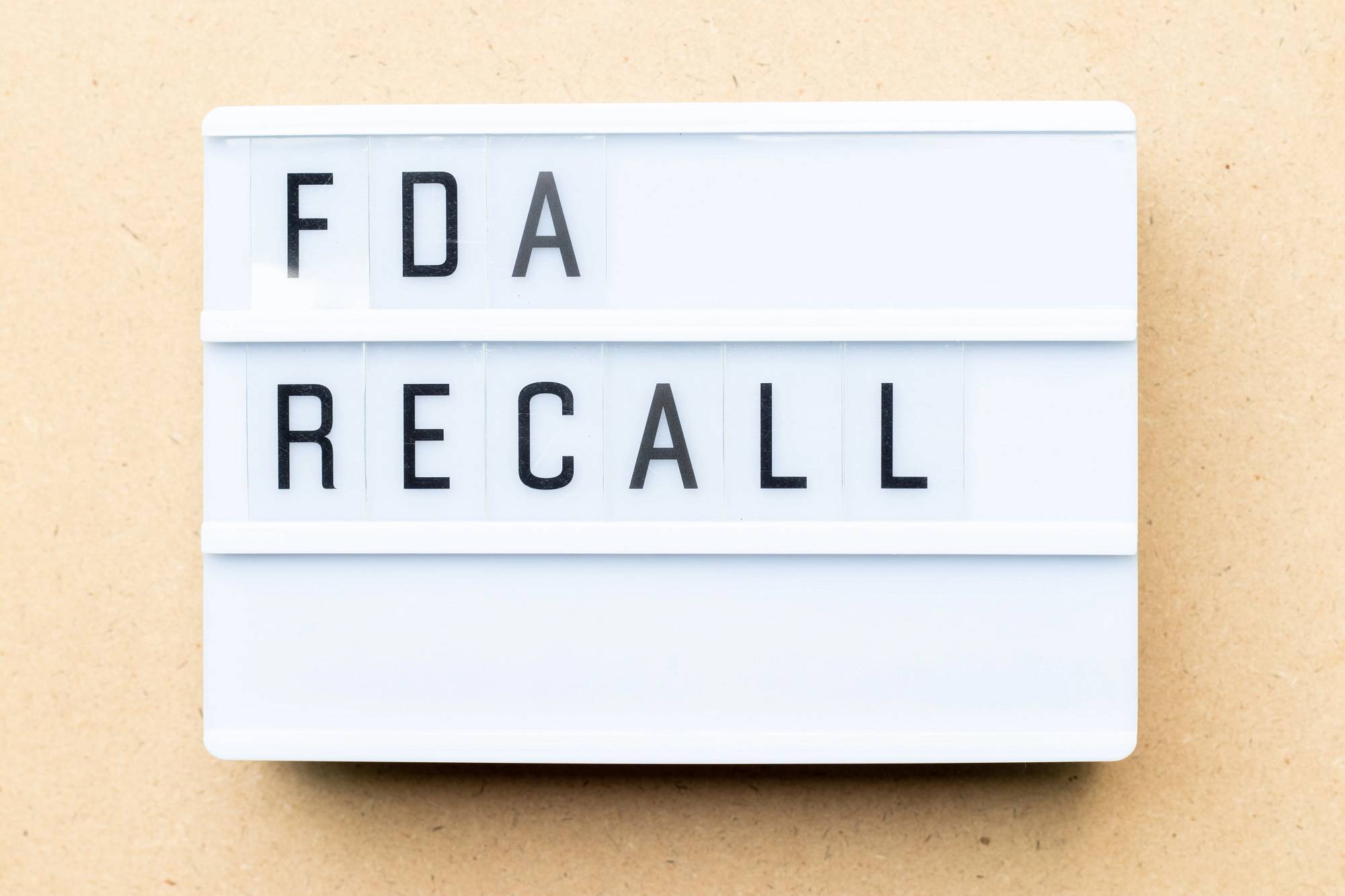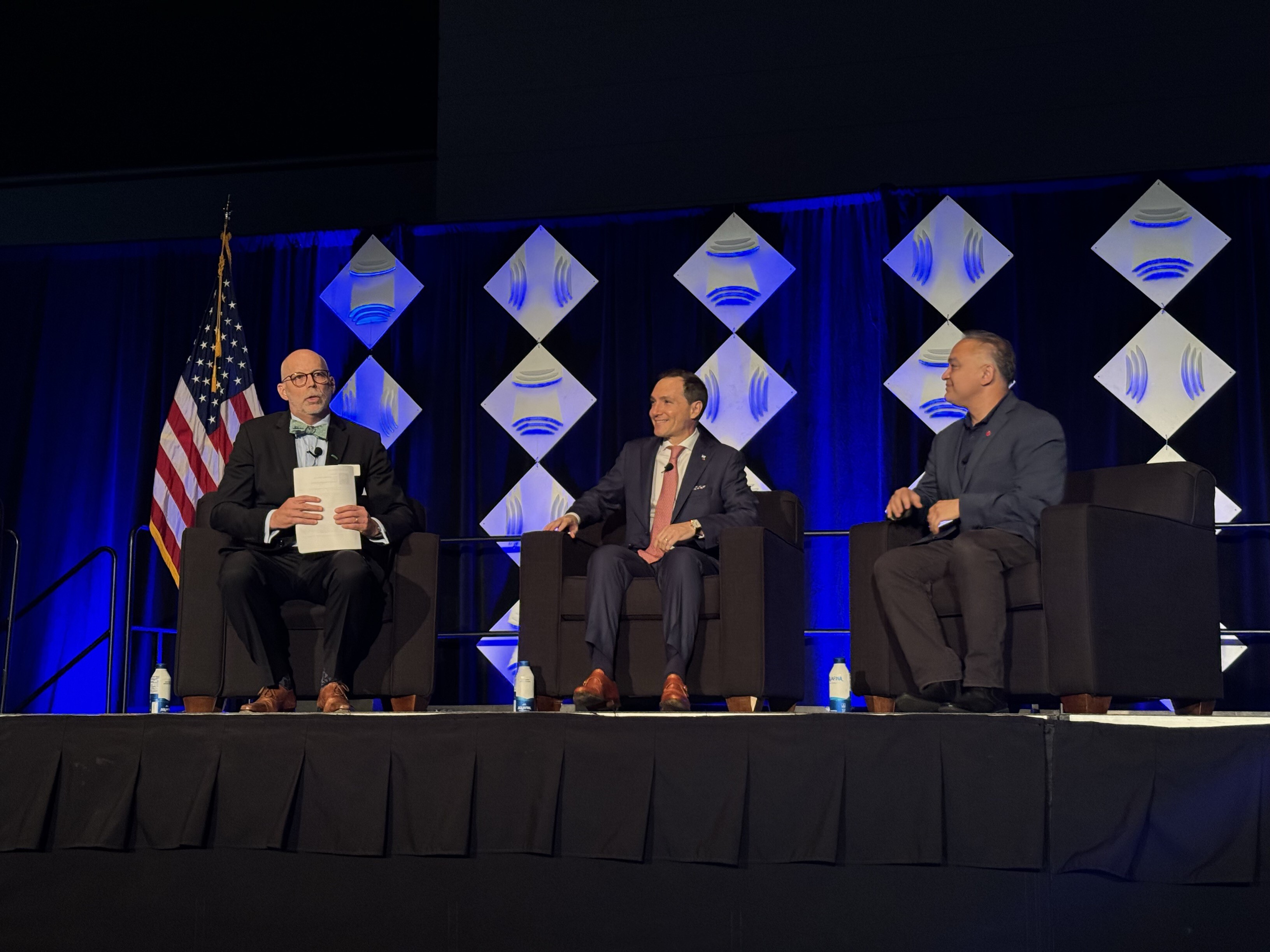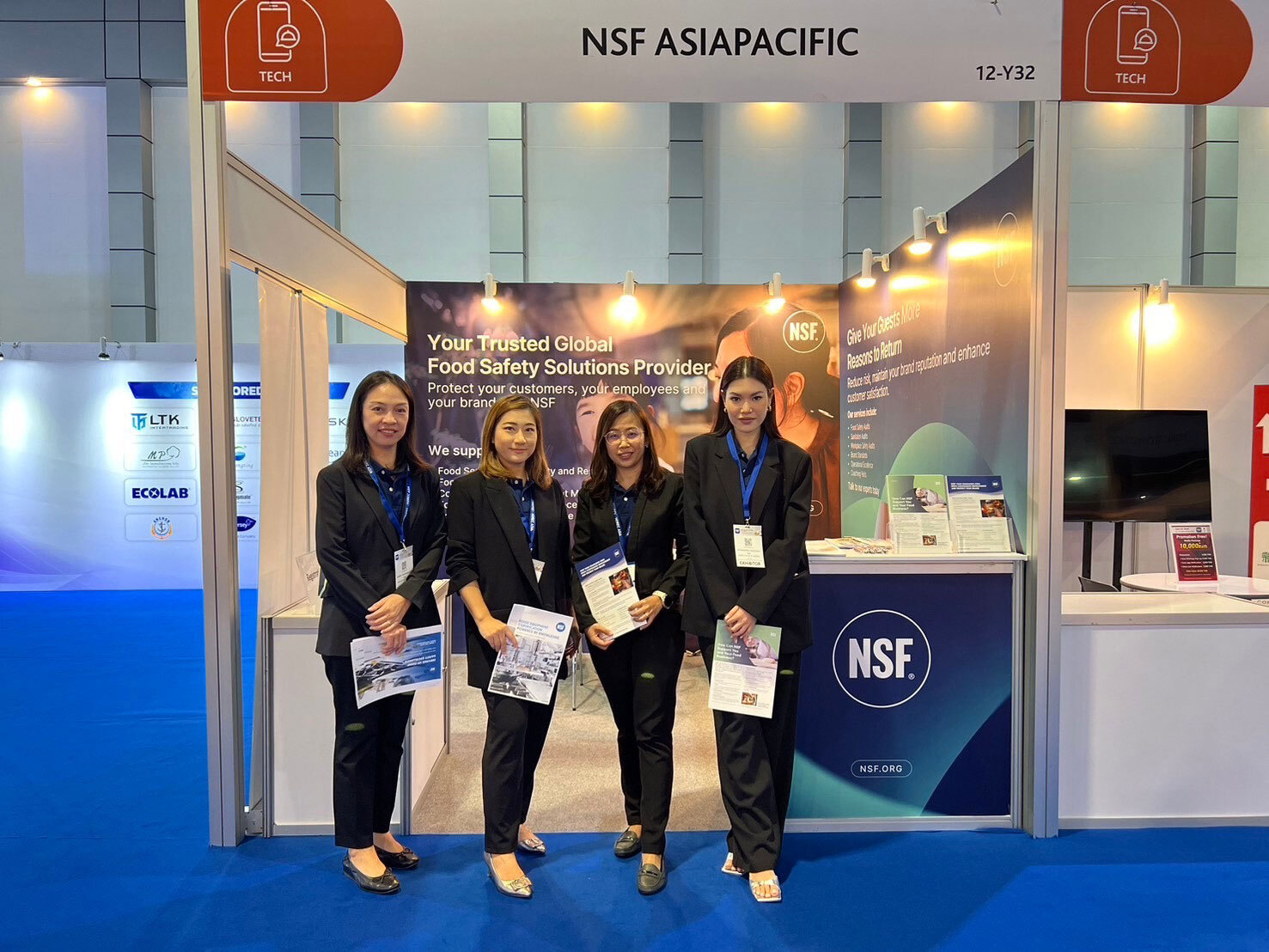Working With the FDA on Medical Device Recalls

Ashley Kelleher delivered a presentation on U.S. FDA recalls and expectations at Informa’s Product Recalls and Complaints Conference on October 25, 2022. She covered recall requirements and what the FDA expects as well as how to navigate interactions with the FDA.
What Is a Recall?
When a company learns that there is a problem with one of its medical devices, it proposes a correction or a removal, depending on where the action takes place.
Correction - Addresses a problem with a medical device in the place where it is used or sold.
Removal - Addresses a problem with a medical device by removing it from where it is used or sold.
The FDA uses the term “recall” when a manufacturer takes a correction or removal action to address a problem with a medical device that violates FDA regulations. Recalls occur when a medical device is defective, when it could be a risk to health, or when it is both defective and a risk to health.
Why Does the FDA Use Recalls?
The FDA uses a recall as an effective method to remove or correct FDA regulated products from the marketplace and requires speed to ensure patient safety.
Types of Recalls
Recalls may be conducted on a firm’s own initiative, by FDA request or by FDA order under statutory authority.
Voluntary (21 CFR Part 7 and 21 CFR Part 806): This is when a company (manufacturer, distributor or other responsible party) recalls a medical device on its own. When a company learns that it has a product that violates FDA regulations, the organization must do two things:
- Initiate a recall (through correction or removal).
- Notify the FDA.
Note: An electronic product that emits radiation and is subject to 21 CFR 1003 and 1004 is not subject to the requirements under 21 CFR 7.
Nonvoluntary (Mandatory) (21 CFR 810): If a manufacturer fails to voluntarily recall a device that is a risk to health, the FDA may issue a recall order to the manufacturer under 21 CFR 810, Medical Device Recall Authority. While the FDA can legally recall a device if a company refuses, this is a rarity.
When the FDA learns of a company’s correction or removal action, it reviews the strategy the company has proposed to address the problem. During this assessment, health hazards presented by the product are reviewed, and it is determined whether they violate FDA regulations. If so, the FDA assigns the recall a classification (I, II or III) to indicate the relative degree of risk.
FDA Recall Classifications
Class 1: A situation in which there is a reasonable chance that a product will cause serious health problems or death. The most serious of the recall classes, exclusive to dangerous products that could cause serious health problems and/or death.
Class 2: A situation in which a product may cause a temporary or reversible health problem, or in which there is a slight chance it will cause serious health problems or death. Products may cause temporary or medically reversible health problems, but the likelihood of severe danger is remote.
Class 3: A situation in which a product is not likely to cause any health problem or injury. These products are in violation of a law or regulation enforced by the FDA but are unlikely to cause adverse health problems.
Who Is Required To Report?
Manufacturers and importers are required to report a correction or removal of a product if it involves a risk to health. Only the person that initiates the correction or removal is required to report it.
Manufacturers (807.20 (A)): A manufacturer means any person who designs, manufactures, fabricates, assembles or processes a finished device. Manufacturers include but are not limited to those who perform the functions of contract sterilization, installation, relabeling, remanufacturing, repacking or specification development, as well as initial distributors of foreign entities performing these functions.
Importers (807.40 (A)): An importer means any person who furthers the marketing of a device, from a foreign manufacturer to the person who makes the final delivery or sale of the device to the ultimate consumer or user, but does not repackage or otherwise change the container, wrapper or labeling of the device or device package. The initial importer must have a physical address in the United States staffed by individuals responsible for ensuring the compliance of imported devices with all applicable FDA laws and regulations.
When To Report
The report must be submitted to the FDA within 10 working days from the time the firm initiates the correction or removal. If there is not a “risk to health” involved, a report to the FDA is not required, but the manufacturer or importer must keep a record of the correction or removal.
Where and How To Report
You have two ways to report corrections and removals: via FDA electronic submission software (eSubmitter) or email.
eSubmitter
The FDA encourages organizations to submit reports via its eSubmitter software (eSubmitter Download and Installation | FDA). Once a report is created, it is sent to the Center for Devices and Radiological Health (CDRH) through the FDA Electronic Submission Gateway (ESG).
If an organization chooses not to utilize the eSubmitter software, it must email its report to the FDA’s Office of Regulatory Affairs (ORA) Division Recall Coordinator (DRC). These coordinators are listed by state and region.
Please note that foreign manufacturers and importers must email reports to the DRC where their U.S. agent is located.
What Information Is Required?
What to report (21 CFR 806.10(C))
- Registration number, date the report is made, sequence number (001, 002, etc.), “C” for correction or “R” for removal
- Name, address, phone number and contact person of the firm responsible for conducting the correction or removal
- Brand name and common name of the device and its intended use
- FDA marketing status (i.e., 510(k), PMA, preamendment status) and device listing number
- Model/catalog number, lot/serial number
- Manufacturer’s contact information (name, address, phone number, contact person) if different from second item above
- Description of event(s) and the corrective and removal actions that have been and are expected to be taken
- Any illnesses or injuries that have occurred with the use of the device. If applicable, include any Medical Device Report (MDR) numbers submitted under 21 CFR 803.
- The number of devices subject to the correction or removal
- Date of manufacture or distribution; expiration date or expected life
- Name, address and phone number of all consignees (domestic and foreign), and the dates and number of devices distributed to each consignee
- A copy of all communications regarding the correction or removal
- A statement as to why any required information is not available and a date when it will be submitted (if this has not been done already)
Strategies for Recalls
Have a strategy method in place.
Ensure that the strategy method includes the following elements:
- Depth of recall
- Public warning
- Effectiveness checks
Have a recall letter written to ensure proper communication to direct accounts.
Be brief and to the point:
- Identify clearly the product, size, lot number(s), code(s) or serial number(s), and any other pertinent descriptive information to enable accurate and immediate identification of the product.
- Explain concisely the reason for the recall and the hazard involved, if any.
- Provide specific instructions on what should be done with respect to the recalled products.
- Provide a ready means for the recipient to report to the recalling firm whether it has any of the product, e.g., by sending a postage-paid, self-addressed postcard or by allowing the recipient to place a collect call to the recalling firm.
Time frame
Every two to four weeks, status reports should be ready to submit to the FDA. This allows the FDA to review the actions your organization is taking to notify consignees/customers.
Status report information
- Number of those notified of the recall, including date and method of notification
- Number of those who responded, with quantity of products on hand at time of receipt
- Number of those who did not respond (if needed, IDs of those who didn’t respond as requested by FDA readily available in report)
- Number of products returned and/or corrected from each customer/consignee contacted
- Number and results of effectiveness checks made
- Estimated time frames for completion
Steps To Minimize Disruption
- Prepare and maintain a current written contingency plan for use in initiating and effecting a recall in accordance with 21 CFR 7 or other regulations your organization abides by.
- Use sufficient coding of regulated products to make possible positive lot identification and to facilitate the effective recall of all violative lots (proper ID and traceability).
- Maintain product distribution records to facilitate the location of products that are being recalled. Records should be maintained for a period that exceeds the shelf life and expected use of the product and is at least the length of time specified in other applicable regulations and/or standards concerning records retention. Outside of the recall, it is good practice to retain records, maintain existing records and ensure thorough documentation.
Having these procedures in place prior to the initiation of any recall will allow the recall process to proceed in an efficient manner.
Looking for More Information on Support With Recalls or Remediation
Contact us with questions or to receive a quote.
How NSF Can Help You
Get in touch to find out how we can help you and your business thrive.

What’s New with NSF

NSF Shanghai Named Critical Site for NSF/ANSI 455 and NSF/ANSI 173 by ANSI National Accreditation Board
July 26, 2024
NSF Takes Center Stage at NEHA Annual Education Conference
July 25, 2024
NSF Asia Pacific Showcases Hospitality Solutions at THAIFEX HOREC Asia 2024 in Bangkok, Thailand
July 4, 2024